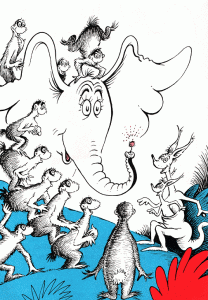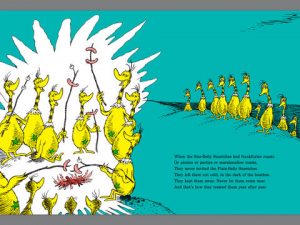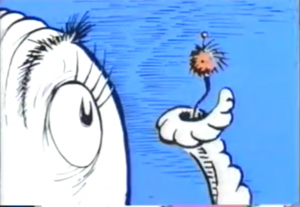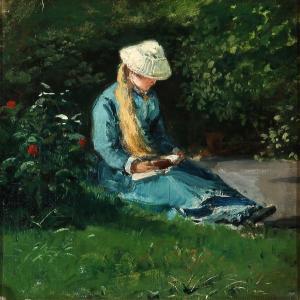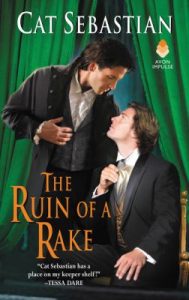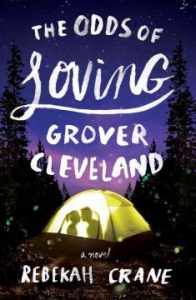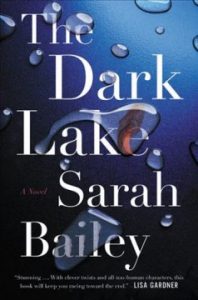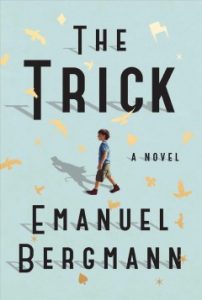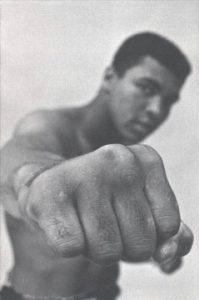…If you have not, please allow me to introduce you to her, and her fantastical genius now.
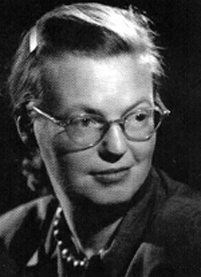
Shirley Jackson was born in San Francisco on December 14, 1916. When she was seventeen (and had already been writing for several years), her family moved east, and Shirley enrolled in the University of Rochester. She withdrew after a year, however, and focused exclusively on her writing, producing no less than 1,000 words a day.
In 1937, she entered Syracuse University, and published her first short story (titled “Janice”), and was appointed editor of the campus humor magazine. She also met the man who would become her future husband, aspiring literary critic Stanley Edgar Hyman. They both graduated in 1940, and moved to Greenwich Village. Though she and Edgar worked odd jobs, Shirley kept writing every day, and her stories were published in the New Yorker, among other elite literary outlets. In 1944 Jackson’s story “Come Dance With Me in Ireland” was chosen forBest American Short Stories.
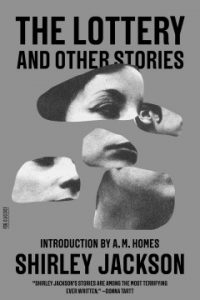 The next year, Stanley was offered a job at Bennington College, and the family moved to North Bennington. It was here, in this old house, in this insular community, that Jackson produced what is generally considered the greatest short story of the twentieth century: “The Lottery”. Published in The New Yorker in 1948, this story generated the largest volume of mail ever received by the magazine–a record that remains unbroken to this day–and nearly all of it hateful.
The next year, Stanley was offered a job at Bennington College, and the family moved to North Bennington. It was here, in this old house, in this insular community, that Jackson produced what is generally considered the greatest short story of the twentieth century: “The Lottery”. Published in The New Yorker in 1948, this story generated the largest volume of mail ever received by the magazine–a record that remains unbroken to this day–and nearly all of it hateful.
This story cemented Jackson in the public eye…not as an stunningly subversive, keenly insightful, and unsettlingly funny writer, but as “Virginia Werewoolf”. To be fair, the fact that her described herself as an “amateur practicing witch”, who put hexes on prominent publishers, didn’t necessarily help. But the tragic fact remains that Jackson’s glory still hasn’t been thoroughly recognized.
And that is a genuine shame. First and foremost, Jackson is a mightily talented writer in so many forms. As we can see with the infamous “The Lottery”, she had the art of the short story mastered. And though “The Lottery” is probably the most well-known of her stories, the thing is that all of her stories are rich in atmosphere, full of indescribably realistic characters, and all of them have that wrenching, world-tilting twist that up-end everything you thought you knew about everything you just read.
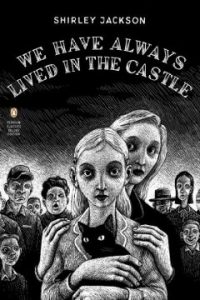 That unsettling magic is on full display in her novels, as well. The Haunting of Hill House is more than a haunted house novel…it’s a masterpiece of bewildering, terrifying confusion. The walls and the floors of this story just don’t meet at right angles, and it’s that unbalancing that makes this story so flipping scary. We Have Always Lived in a Castle twists the entire premise of the story–showing you the beating heart inside of a haunted house…and the twisted, wild, unapologetic women who live inside it.
That unsettling magic is on full display in her novels, as well. The Haunting of Hill House is more than a haunted house novel…it’s a masterpiece of bewildering, terrifying confusion. The walls and the floors of this story just don’t meet at right angles, and it’s that unbalancing that makes this story so flipping scary. We Have Always Lived in a Castle twists the entire premise of the story–showing you the beating heart inside of a haunted house…and the twisted, wild, unapologetic women who live inside it.
And that, I think, is what I adore most about Shirley Jackson. She doesn’t go for the cheap thrills, or the empty scares–the literary equivalent of the jump-cut. Her stories force us to confront the evils and ills of society, of suburbia, and of our beliefs in each other. She deals with the insidiousness of racism, the pervasive evils of small-towns, the poison of prejudice. And she does it all in a such straightforward manner, with uncomplicated prose and gentle humor, that the savage twist comes without the reader even being aware of it. She writes about women who aren’t strong and put-together and beautiful. She writes about women who are lost. About women who know rage. About women who simply refuse to take it anymore, and who do the unexpected and the unthinkable. And I love her for that.
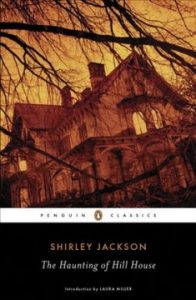 Shirley Jackson lived something of a double-life. She was a renowned, celebrated, and reviled author whose work was translated and published around the world, and whose books were adapted into critically acclaimed films, in the course of her short lifetime. She was also a neighbor and a home-maker, a mother, and lived almost as a shut-in in the final years of her life. But a single glance at her headshot, posted above, convinces me that those two parts of her life were not disparate halves. Her insight–into human nature, into her own numerous selves, and into the world around her (and us)–starts in the minutiae and the mundane details of the everyday, and spiral up and out from there, and her talent produced tales that still have the power to teach, tickle, and unnerve to this very day.
Shirley Jackson lived something of a double-life. She was a renowned, celebrated, and reviled author whose work was translated and published around the world, and whose books were adapted into critically acclaimed films, in the course of her short lifetime. She was also a neighbor and a home-maker, a mother, and lived almost as a shut-in in the final years of her life. But a single glance at her headshot, posted above, convinces me that those two parts of her life were not disparate halves. Her insight–into human nature, into her own numerous selves, and into the world around her (and us)–starts in the minutiae and the mundane details of the everyday, and spiral up and out from there, and her talent produced tales that still have the power to teach, tickle, and unnerve to this very day.
So this Halloween season, if you’re looking for some stories to make you shiver, I cannot recommend Shirley Jackson’s work more highly.



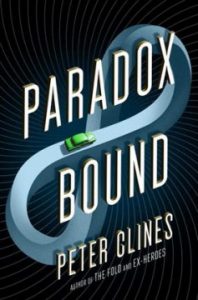
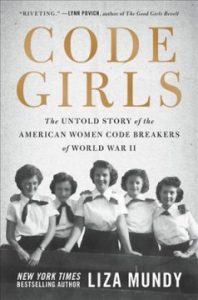
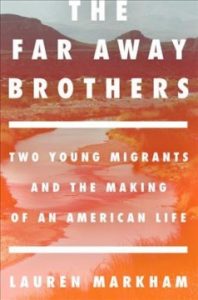
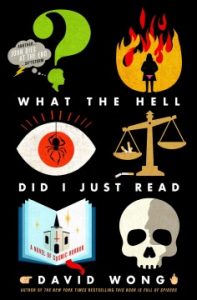
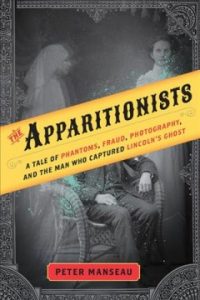
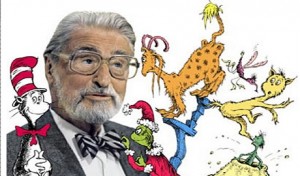
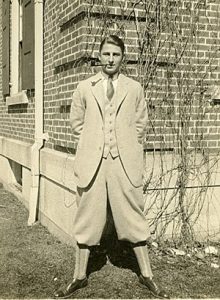 To provide a few examples:
To provide a few examples: 